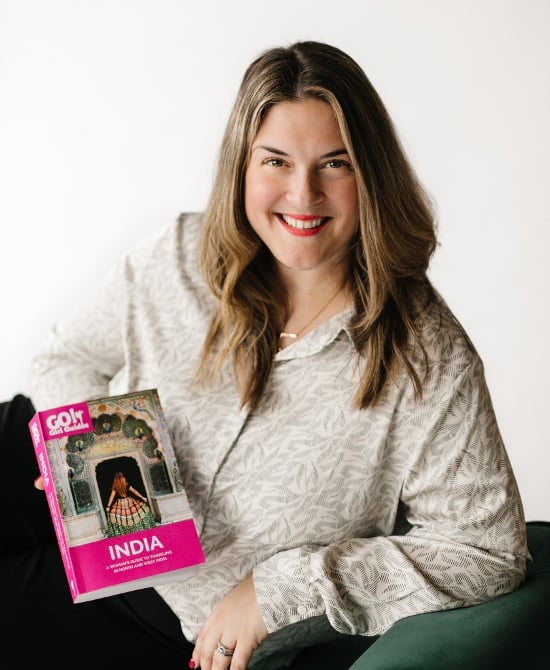 The Tsechu festivals of Bhutan are a thriving ancient tradition that counts among the most compelling sights in the world. Featuring so-called “mask dances,” these festivals are held in Buddhist temples and monasteries, and are religious occasions for prayer and blessings.
The Tsechu festivals of Bhutan are a thriving ancient tradition that counts among the most compelling sights in the world. Featuring so-called “mask dances,” these festivals are held in Buddhist temples and monasteries, and are religious occasions for prayer and blessings.
The mask dances are like parables in play form: performers in elaborate costumes illustrate moral fables, or teach the Buddhist Dharma to the audience through the actions of Guru Padmasambhava (Rinpoche), who is said to have brought Vajrayana Buddhism to Bhutan. Although the Tsechus have a spiritual purpose underpinning them, it's also a time for the Bhutanese people to enjoy a break from routine and enjoy each other's company, and some of the performances entertain as well as enlighten.
Bhutan has dozens of Tsechu festivals every year, all year 'round. Here's a sampling of the sort of festivals Bhutan has to offer. (Bear in mind that the festivals are scheduled according to a lunar calendar, so the dates change each year!)
- Punakha Festival: Punakha is located in western Bhutan, near Tibet, and this festival contains a famous and highly dramatic reenactment of Bhutan's 17th-century victory against the Tibetan army. The Punakha Festival takes place near the beginning of the year.
- Chorten Kora Festivals: These festivals takes place in one of the most important locations in the history of Buddhism - it's said that the Chorten it was built in 1740 to subdue a demon! They take place in the first lunar month, meaning that they're held in the early parts of the year. The Chorten is located in Eastern Bhutan.
- Gomphu Kora Festival: Gomphu means “meditation cave”; the name commemorates a story where Guru Rinpoche vanquished a demon through three days of meditation. It's a popular site for pilgrimages, and the festival features a famous circumambulation of the temple. Bhutanese people from miles around will come to participate in the circumambulation. Gomphu Kora takes place in Eastern Bhutan and takes place shortly after the Chorten Kora Festivals.
- Paro Festival: Some consider this to be the biggest festival in Bhutan. The five spectacular days of dancing are attended by people all across the country, and the thongdel, a giant sacred scroll said to “cause enlightenment on sight,” is displayed. The Paro Festival takes place in the spring - around March or April - and is located in Paro, which is home to Bhutan's airport.
- Thimphu Festival: Taking place in Bhutan's capitol, the Thimphu tsechu are almost as large as the Paro Festival: it lasts for three days straight. In addition to mask dances, the Thimpu festival features atsaras, clown-like figures who also serve as spiritual protection from evil forces. The Thimpu Festival takes place in the summer.
- Jampa Lhakang Festival: This festival features a stunning collection of relics, including a statue of the “future Buddha,” and the “Wheel of Time,” constructed by the first king of Bhutan to commemorate his victories. The location itself houses hundreds of statues of the gods, and evenings during the festival are marked by a special fire ritual. Jampa Lhakang takes place in the Bumthang district, in central/northern Bhutan, and typically takes place around October.
- Black-Necked Crane Festival: Bhutan is well-known for its superb conservation efforts, and it's highly appropriate that the Gangtey Monastery would host a festival dedicated to preserving this endangered species: it overlooks a nature reserve frequented by the birds. This festival is held in the late fall.
Because there are so many festivals in Bhutan, it's especially convenient to schedule an itinerary around the celebrations. If you would like additional information about the amazing country of Bhutan click here: http://www.sodhatravel.com/bhutan then contact a Sodha Travel Destination Specialist.

%20(1)-2.jpg)

